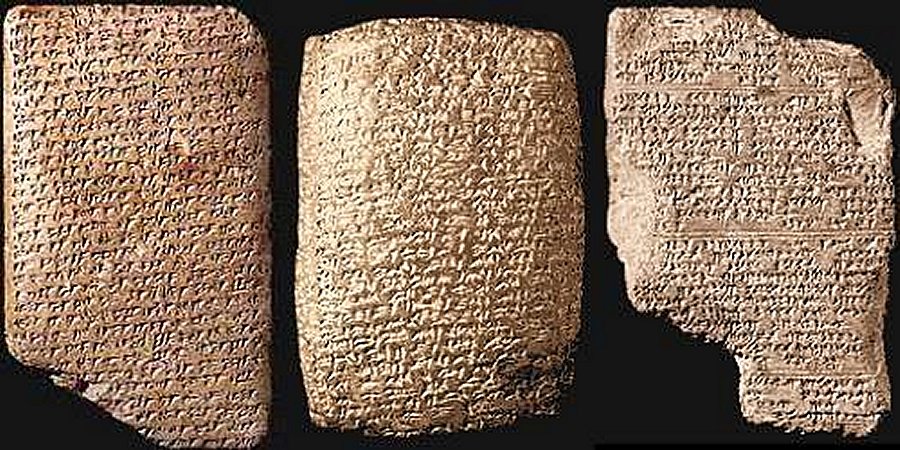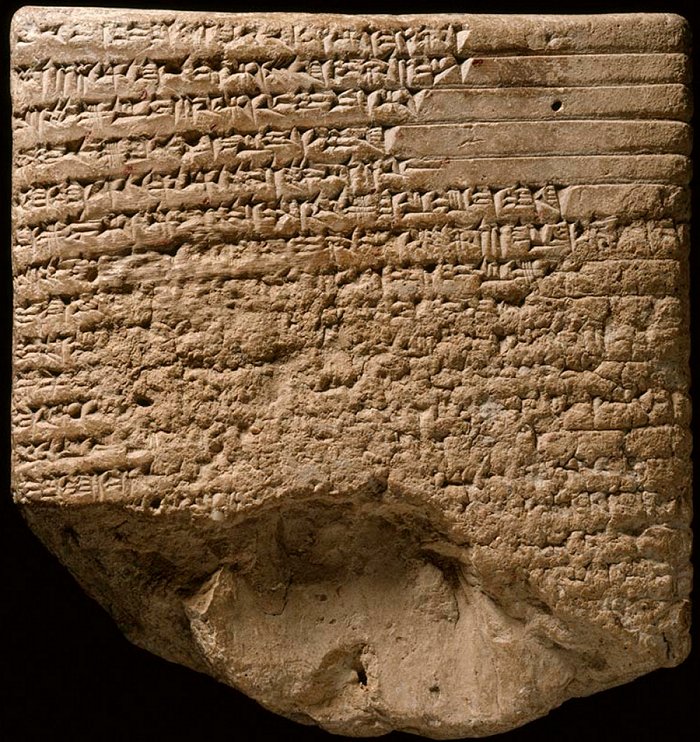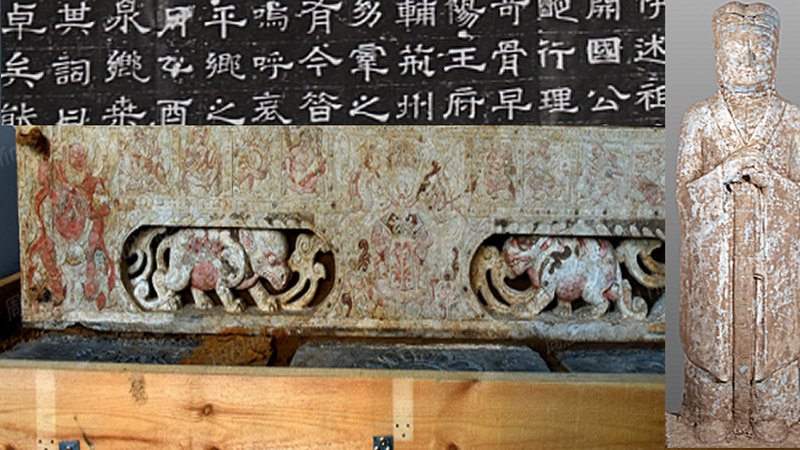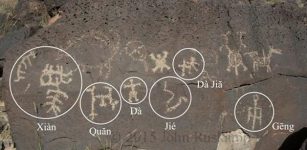The Amarna Letters: Diplomatic Correspondence In Ancient Egypt
MessageToEagle.com – Amarna Letters also known as Amarna Tablets are mostly diplomatic letters (with a few myths and epics) dated to an interesting, historical period in ancient Egypt, related the reigns of pharaoh Akhenaten of the 18th Dynasty of Egypt and his wife Nefertiti, and Amenhotep III (1402-1364).
In 1887, local Egyptian peasants found a few tablets in the ruins of the Akhenaten’s palace complex.

Famous English Egyptologist William Matthew Flinders Petrie (1853 – 1942), was one the first excavators of the Amarna Tablets in 1891-92; later other archaeologists helped to reveal the rest of the documents.
There are 382 tablets written in cuneiform characters and 350 of them are letters), which can be found in museums of Berlin, London and Cairo. The documents are written written in Akkadian language.
The Amarna Tablets were found in Amarna, now archaeological site located near modern city of Tell-Amarna (“Hill at El-Amarna”), with the remains of Akhenaten’s ancient capital.

The tablets were diplomatic letters sent to Egypt from abroad, from kings of Babylonia, Assyria, Hittites in Eastern Asia Minor, Mittani and Cyprus.
However, the most of this correspondence was sent from vassal rulers in neighboring region as for example from Ugarit, Syria-Palestine (Canaan, Lebanon, Ugarit, and the lands located in the region of eastern part of the Mediterranean Sea.
See also:
Ancient Byblos: Powerful Phoenician City With Own Kings
Palermo Stone: Oldest History Book Of Ancient Egypt
Tummal Inscription’ – Thirty-Two Lines Of Sumerian Document Popular In Babylonian Schools
The letters deal with a variety of subjects, such as exchange of gifts between rulers, news about events in distant Phoenician cities: Byblos, Tyre, various requests regarding food, military affairs and diplomatic marriages.
There are also diplomatic letters dealing with serious concerns about military threats. A few tablets from Amarna are covered with legends and myths. There is for example, the famous myth about Nergal and Ereshkigal, a famous, passionate love story that takes place in the Mesopotamian Underworld.
In 1992, William L. Moran (1921 – 2000), an American Assyriologist, translated the 350 Amarna Letters into English for the first time.
Copyright © MessageToEagle.com This material may not be published, broadcast, rewritten or redistributed in whole or part without the express written permission of MessageToEagle.com
Expand for references









